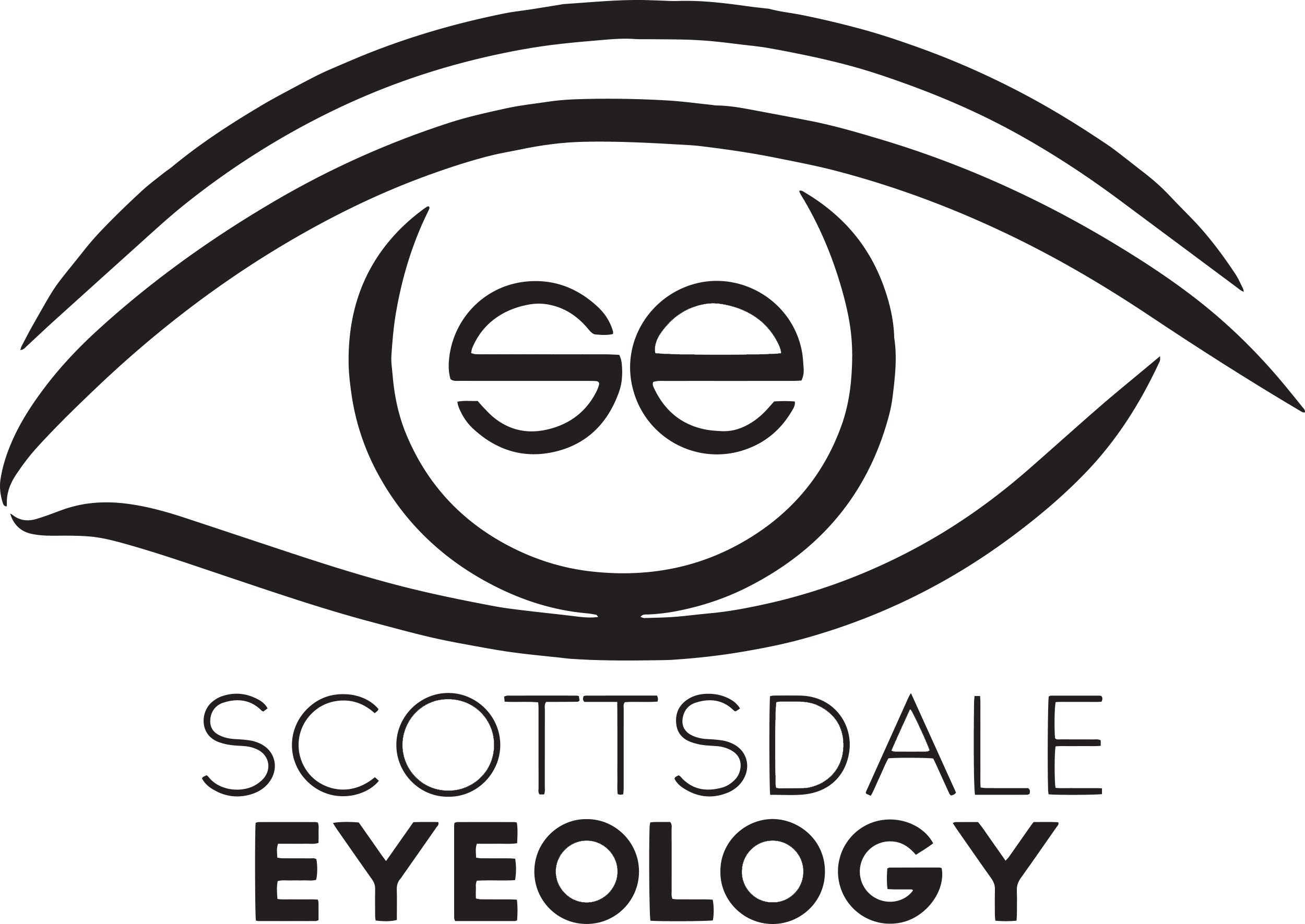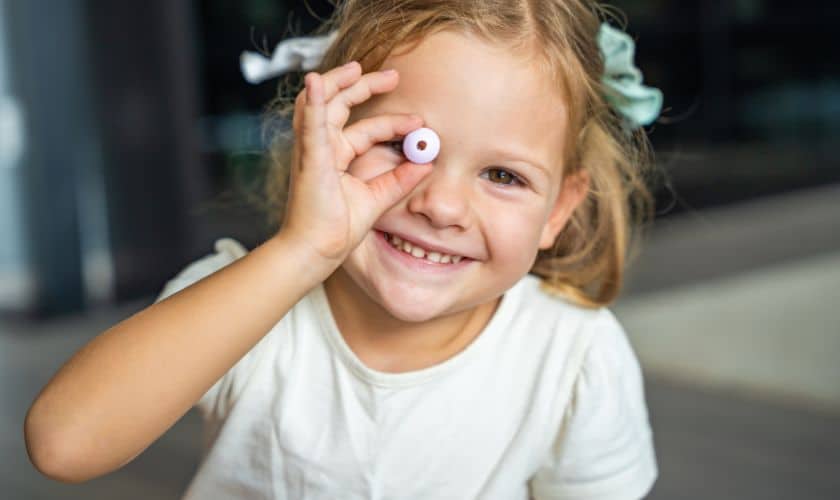Children’s eye care is as vital as it is for any other age group. It’s even more significant in certain respects.
Since a child’s eyes develop swiftly as they grow, it’s critical to identify any eye-related issues at an early age. When a clinician detects an issue before it has a chance to fully develop or advance, treatment is frequently easier and has a higher likelihood of success.
All throughout the world, parents are becoming increasingly concerned about their children’s developing nearsightedness. A child’s risk of having a serious eye illness can increase significantly if their childhood myopia develops into extreme myopia in later life.
However, early lifestyle modifications and therapy can typically decrease the progression of myopia, lowering the likelihood of developing high myopia down the road.
A child absorbs 80% of what they learn in school visually. Three different types of vision issues can impact a child’s ability to learn:
When it comes to helping a child see better, pediatric optometrists and pediatric ophthalmologists—eye physicians who specialize in treating children’s eyes—can be quite helpful. They will carefully diagnose any lingering conditions, treat them, and, if necessary, recommend additional care.
It is easy to ignore, but taking care of a child’s eyesight and eye health is essential to their general well-being. It is much more likely that your child will have good vision for many years to come if you take the time to engage with doctors and watch over their visual habits from an early age.
Eye health and refractive errors
Common conditions that can affect a child’s learning include astigmatism, farsightedness, and nearsightedness. To improve your child’s vision, an eye specialist should be able to recommend corrective lenses and other treatments.
Functional eye problems
A problem with the alignment or coordination of the eyes. These can impact many other aspects of a child’s everyday life, such as strabismus (an abnormal alignment of the eyes) and amblyopia (lazy eye).
Problems with vision perception: Any condition pertaining to vision that impacts a child’s ability to process or retain visual information.
Here are some important tips for eye care for kids
- Schedule regular eye exams: Ensure your child gets their eyes checked by an eye doctor regularly, even if they don’t show any signs of vision problems. Early detection of issues can prevent complications later on. Make eye exams a routine part of their healthcare schedule.
- Encourage outdoor play: Spending time outdoors can help reduce the risk of developing nearsightedness (myopia) in children. Aim for at least 60 minutes of outdoor playtime each day. Activities like running, biking, and playing sports can benefit both physical and visual health.
- Limit screen time: Set boundaries on the amount of time your child spends on digital devices to reduce eye strain and potential damage. Implement the 20-20-20 rule: every 20 minutes, have your child look at something 20 feet away for at least 20 seconds to give their eyes a break.
- Promote proper lighting: Ensure that your child’s study area and play spaces are well-lit to prevent eye strain. Use adjustable lighting and position desks or reading areas near windows to maximize natural light. Avoid glare from windows or overhead lights.
- Provide a balanced diet: Offer foods rich in eye-healthy nutrients like vitamins A, C, and E, as well as omega-3 fatty acids. Include colorful fruits and vegetables, fish, nuts, and seeds in their meals. Encourage them to drink plenty of water to stay hydrated, which benefits overall eye health.
- Teach good hygiene: Instruct your child to wash their hands before touching their eyes to prevent infections. Remind them not to share towels, pillows, or other personal items that may harbor bacteria and cause eye-related illnesses.
- Encourage breaks: Remind your child to take regular breaks when doing close-up work to rest their eyes. Encourage them to blink frequently to keep their eyes moist and reduce dryness. Provide activities that involve looking at distant objects to relax their eye muscles.
- Address eye rubbing: Discourage excessive eye rubbing, as it can lead to irritation and potential eye problems. Teach alternative ways to relieve itching or discomfort, such as gently rinsing their eyes with water or using over-the-counter artificial tears.
- Provide protective eyewear: Ensure your child wears appropriate eye protection during sports and other activities to prevent injuries. Invest in quality goggles or safety glasses that fit well and provide adequate coverage. Teach them the importance of wearing protective eyewear consistently.
- Be vigilant for signs of vision problems: Watch out for symptoms like squinting, frequent headaches, rubbing eyes, or difficulty focusing, and seek professional help if needed. Regularly ask your child about any vision changes or discomfort they may be experiencing and address any concerns promptly with an eye doctor.
In conclusion, prioritizing eye care for kids is essential for their overall health and well-being. By following these tips, parents can help safeguard their children’s vision and promote healthy eye habits from a young age. Remember, early detection of vision issues and proactive measures can make a significant difference in your child’s visual development and quality of life both now and in the future.


